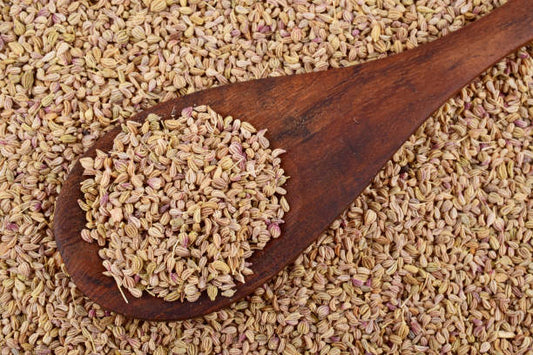As the seasons change, the flu season arrives, but these days, there's another concern lurking: COVID-19. Let's explore the significant differences between the seasonal flu and COVID-19 to understand how they differ.

What is Seasonal Flu?
Seasonal flu, or influenza, is a common illness caused by various influenza viruses. It happens every year, mostly in the fall and winter, affecting millions worldwide.
Understanding COVID-19
COVID-19 is caused by a coronavirus called SARS-CoV-2. It's a new virus that emerged in late 2019, leading to a global pandemic.
Key Differences Between the Seasonal Flu and COVID-19
1. Symptoms: Both flu and COVID-19 can cause fever, cough, and difficulty breathing. However, COVID-19 might cause more severe symptoms, including loss of taste or smell, and could lead to more complications.
2. Spread: Both illnesses spread mainly through respiratory droplets. COVID-19 is considered more contagious and has a higher risk of spreading from person to person.
3. Vaccines and Treatments: Vaccines are available to prevent the seasonal flu, while specific COVID-19 vaccines have been developed to fight against the virus. Additionally, treatments for COVID-19 are different from those for the flu.
4. Testing: Testing methods for flu and COVID-19 differ. Specific tests are available for each illness.
Protecting Yourself and Others

1. Vaccination: Getting vaccinated against both the flu and COVID-19 is essential to reduce the risk of getting sick or spreading the viruses.
2. Hygiene Practices: Practicing good hygiene, like washing hands frequently, wearing masks, and maintaining social distancing, helps prevent the spread of both illnesses.
Conclusion: Staying Informed and Protected
While the flu and COVID-19 share some similarities, they have distinct characteristics. Being aware of these differences and following preventive measures, such as vaccinations and hygiene practices, is crucial in staying healthy and protecting ourselves and others from these illnesses.












